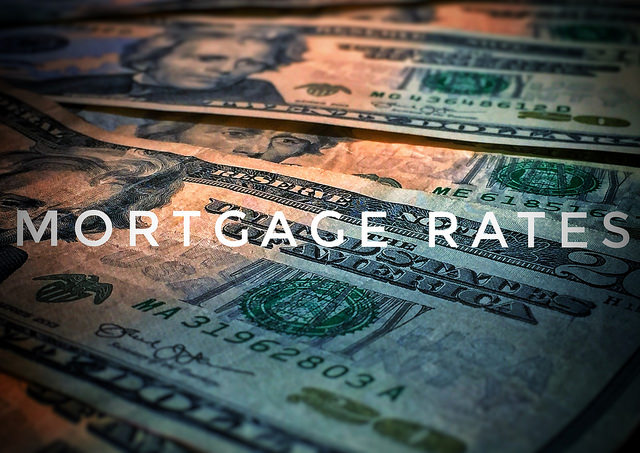Home buyers looking to buy a home this spring have their eye on two things: home prices and mortgage rates. Lately, both have been rising but the latest numbers from the Mortgage Bankers Association’s Weekly Applications Survey offers some potential relief. That’s because the survey – which has been conducted every week since 1990 and covers 75 percent of all retail residential mortgage applications – found average mortgage rates were down last week across all loan categories, including 30-year fixed-rate mortgages with both conforming and jumbo balances, loans backed by the Federal Housing Administration, and 15-year fixed-rate loans. Joel Kan, MBA’s associate vice president of economic and industry forecasting, told CNBC rates fell slightly last week due to concerns about the global economy. “Rates slipped slightly over the week as concerns over U.S. trade policy and global growth sent some investors back to safer U.S. Treasurys,†Kan said. In short, the decline may be a temporary break, as long-term trends remain in place. Still, lower rates, regardless of the reason, are good news for buyers. More here.













